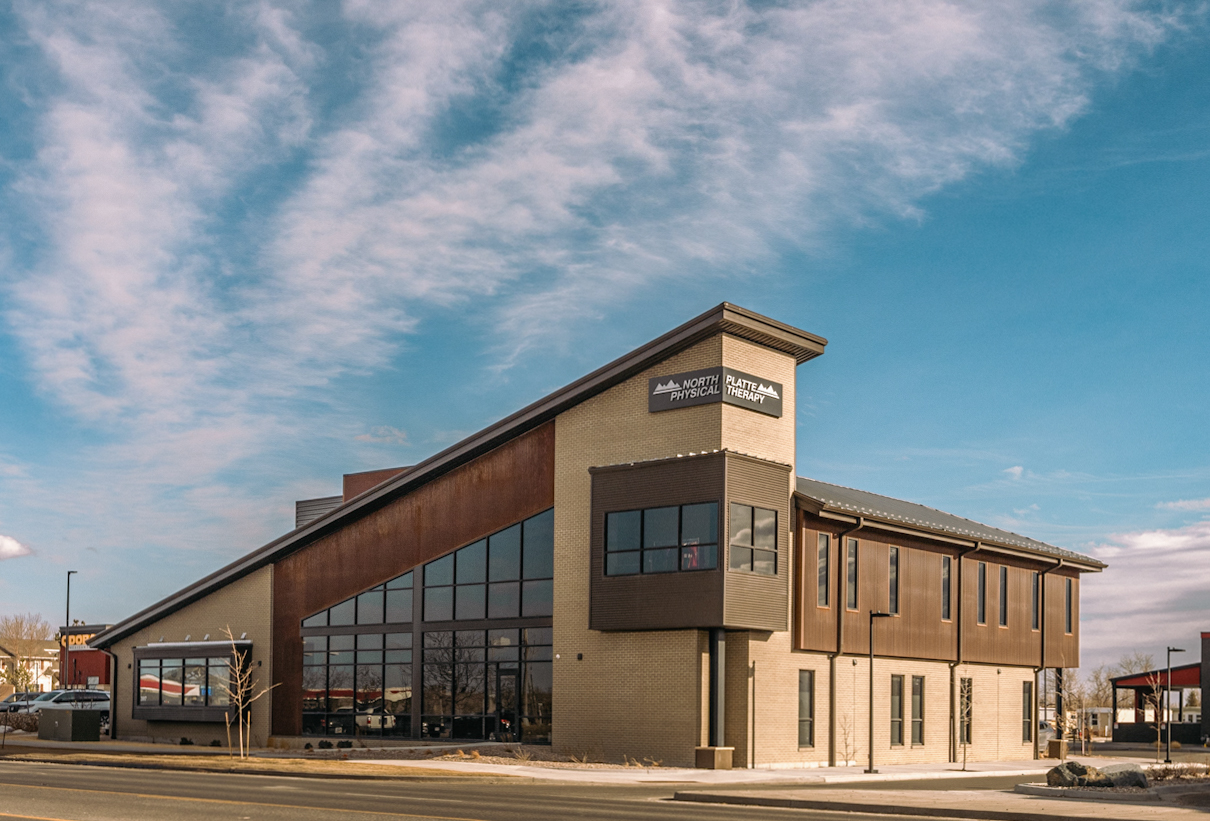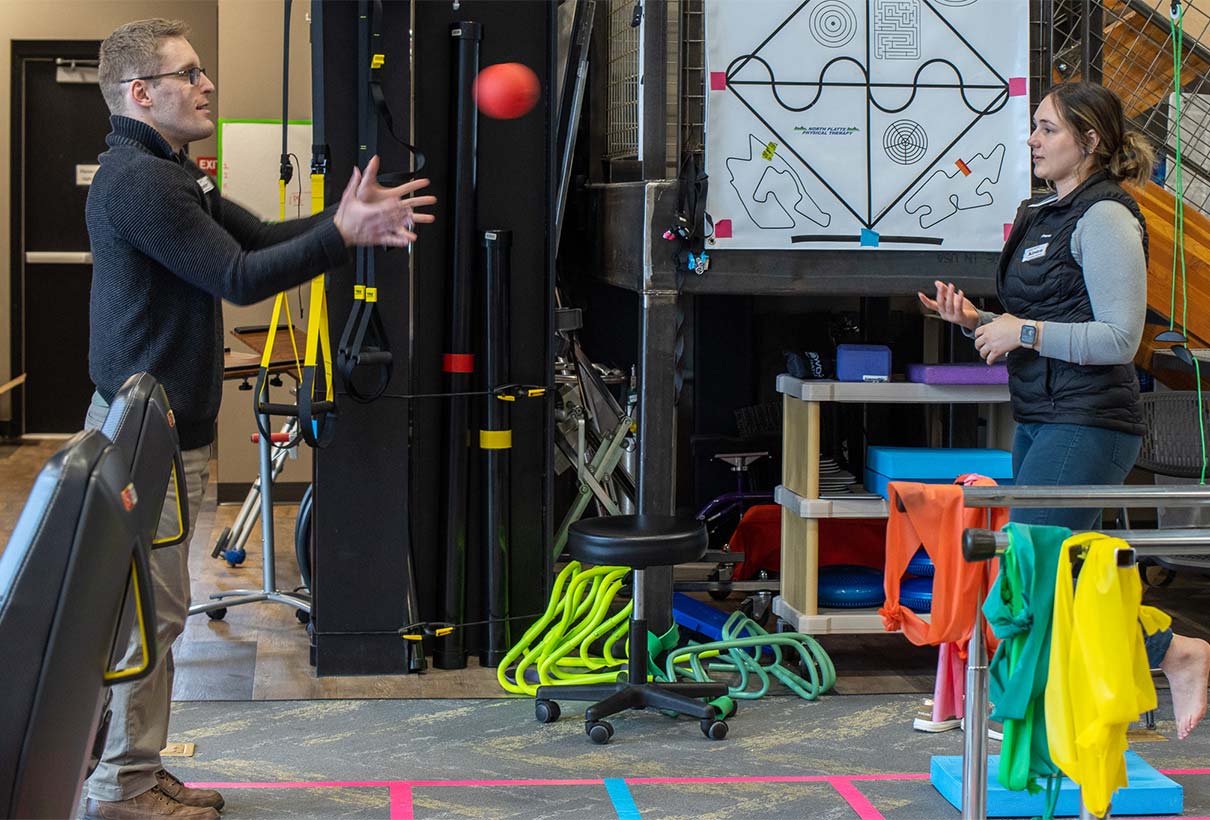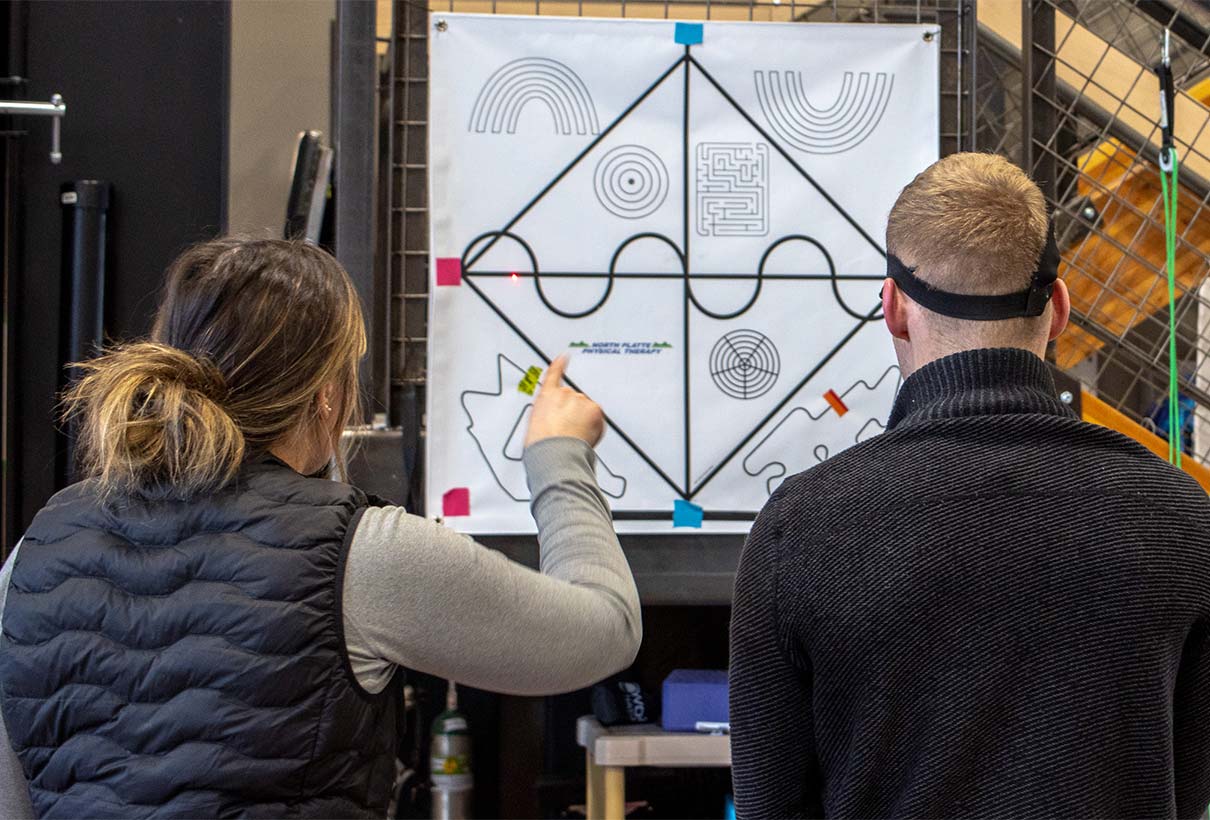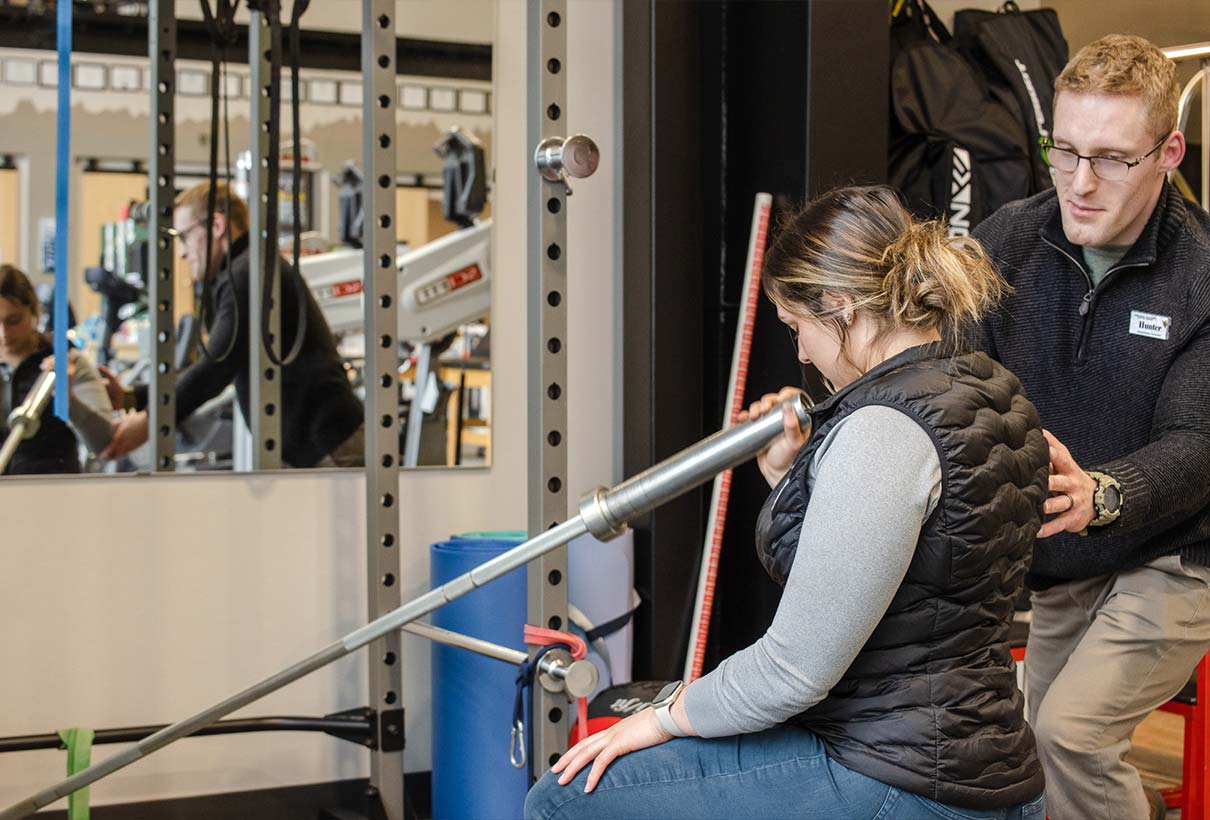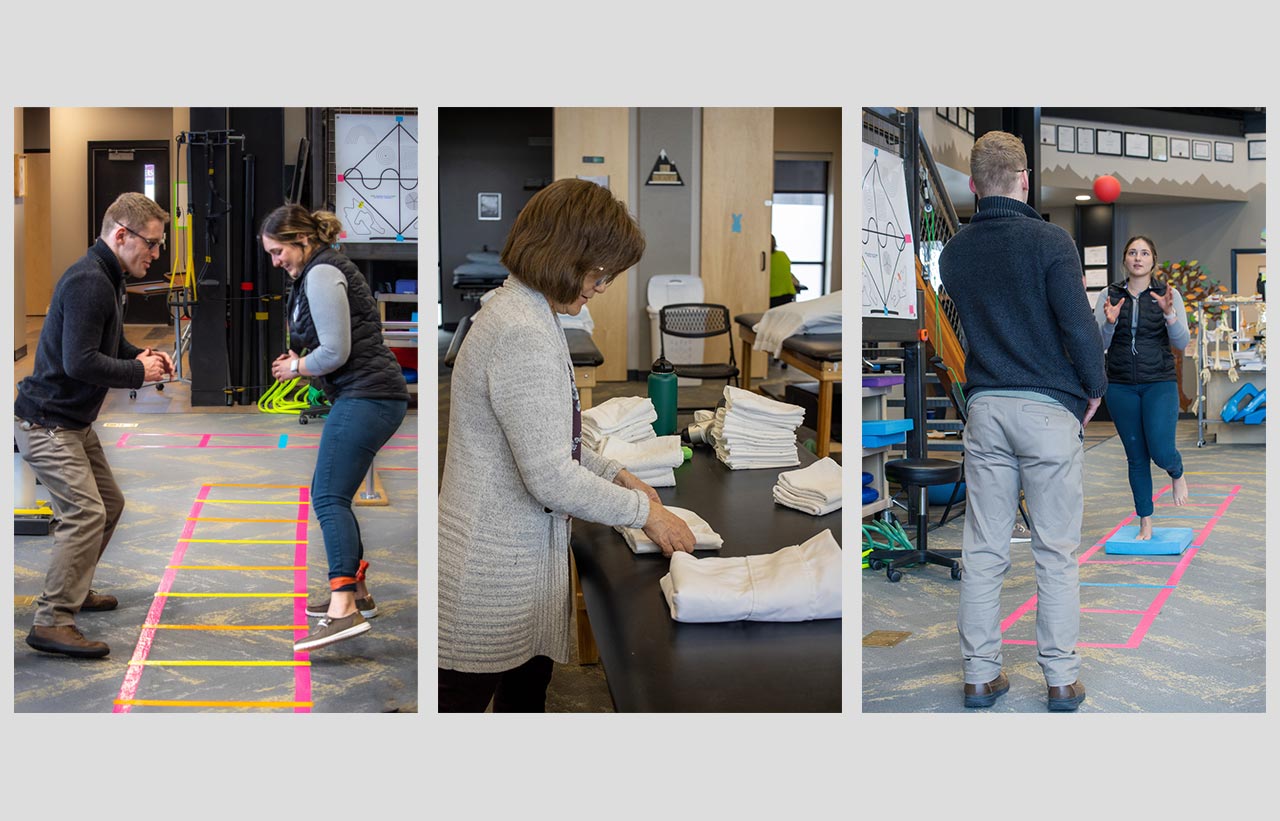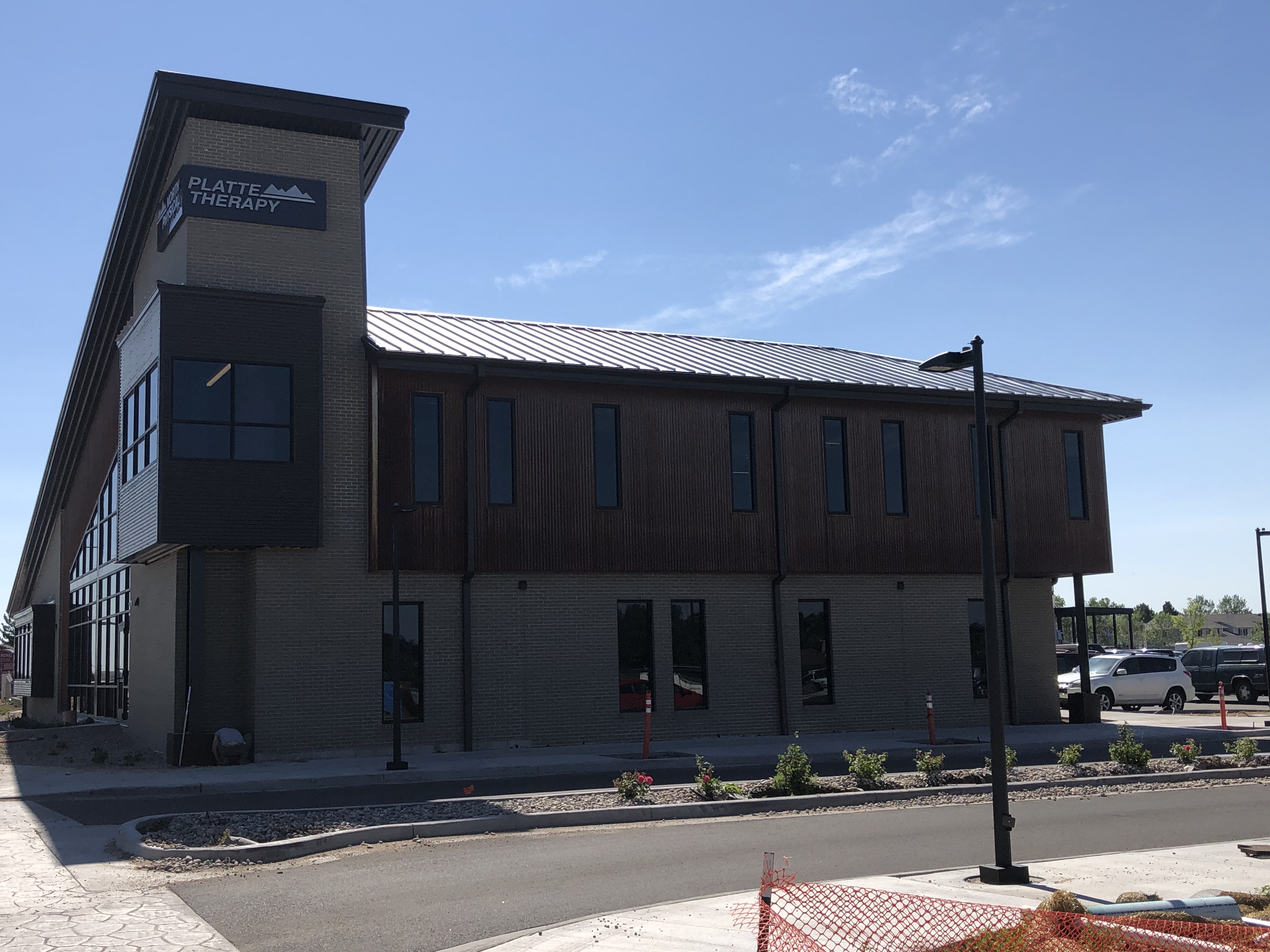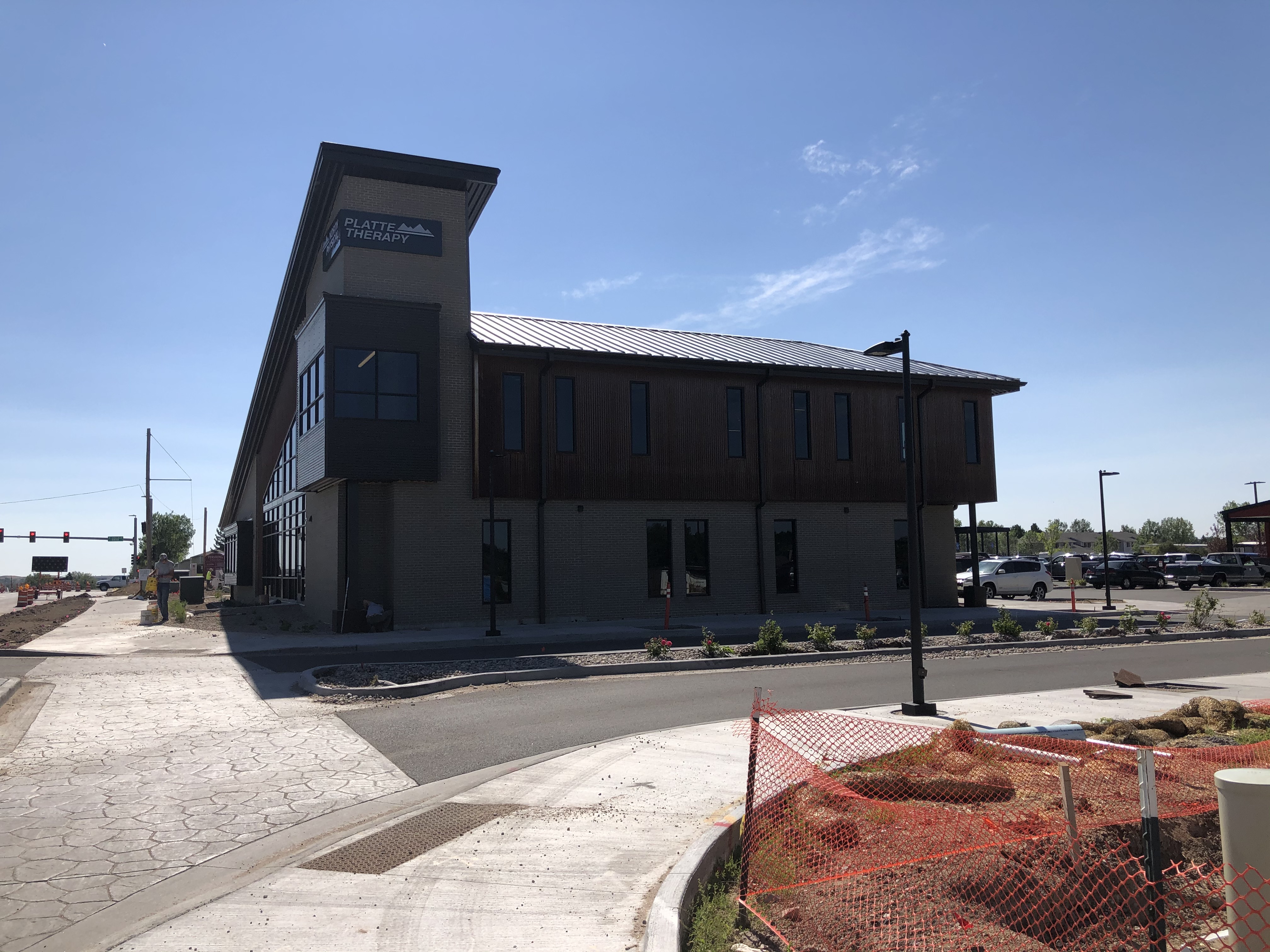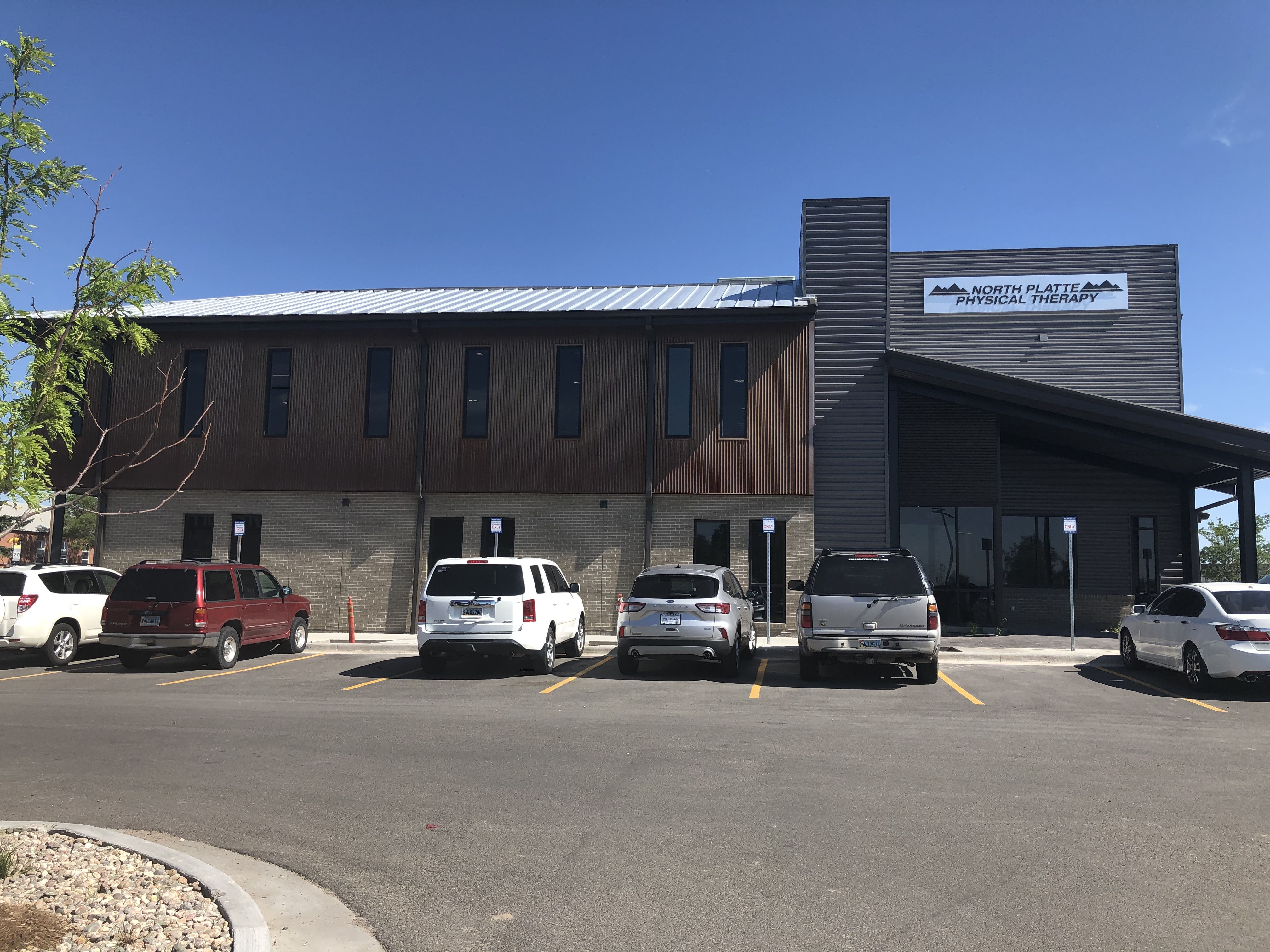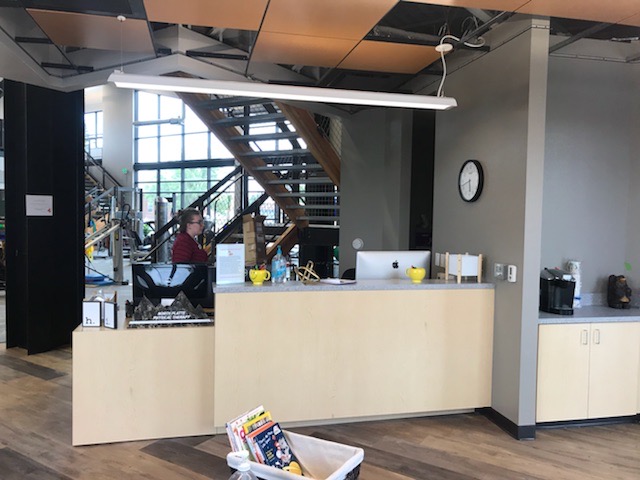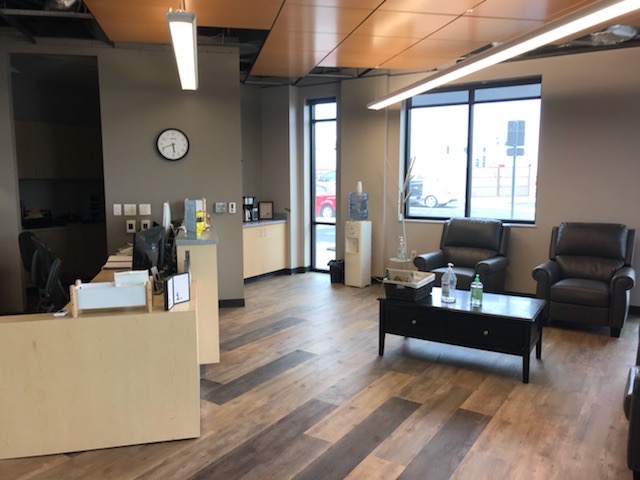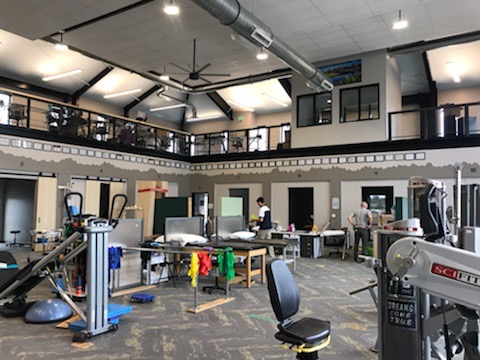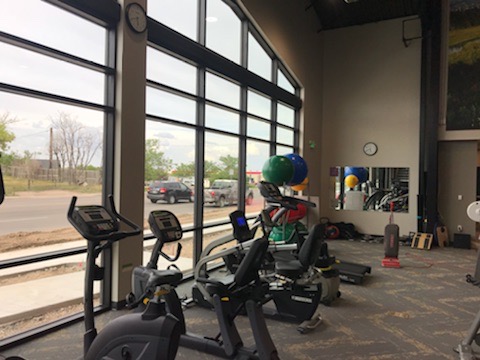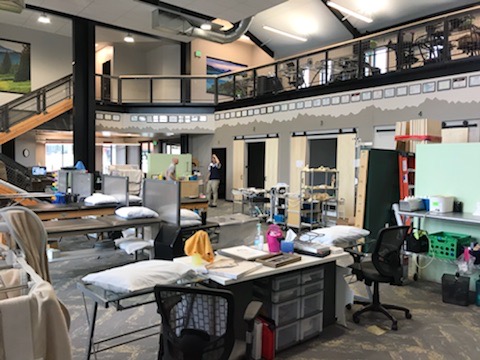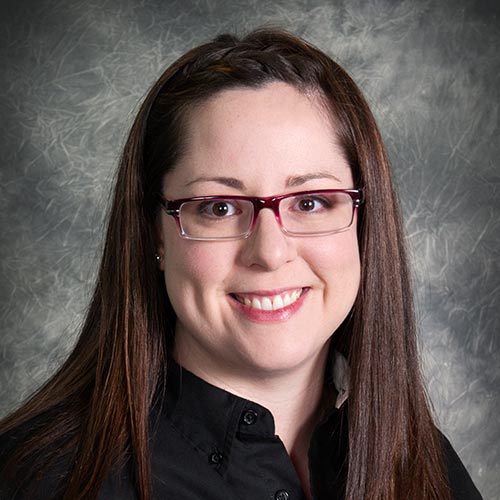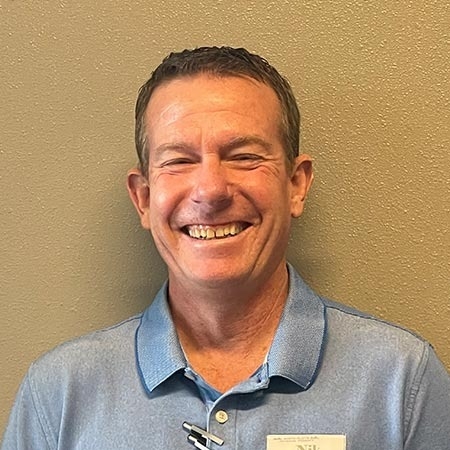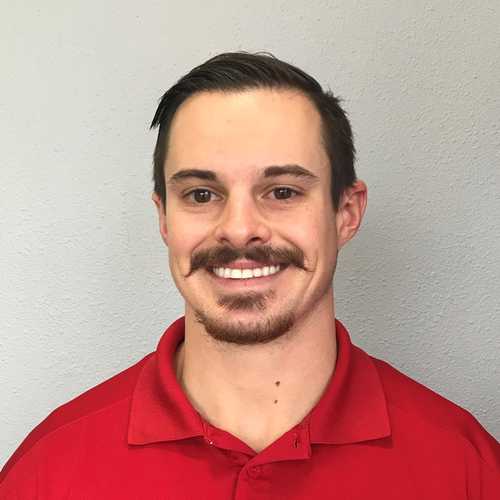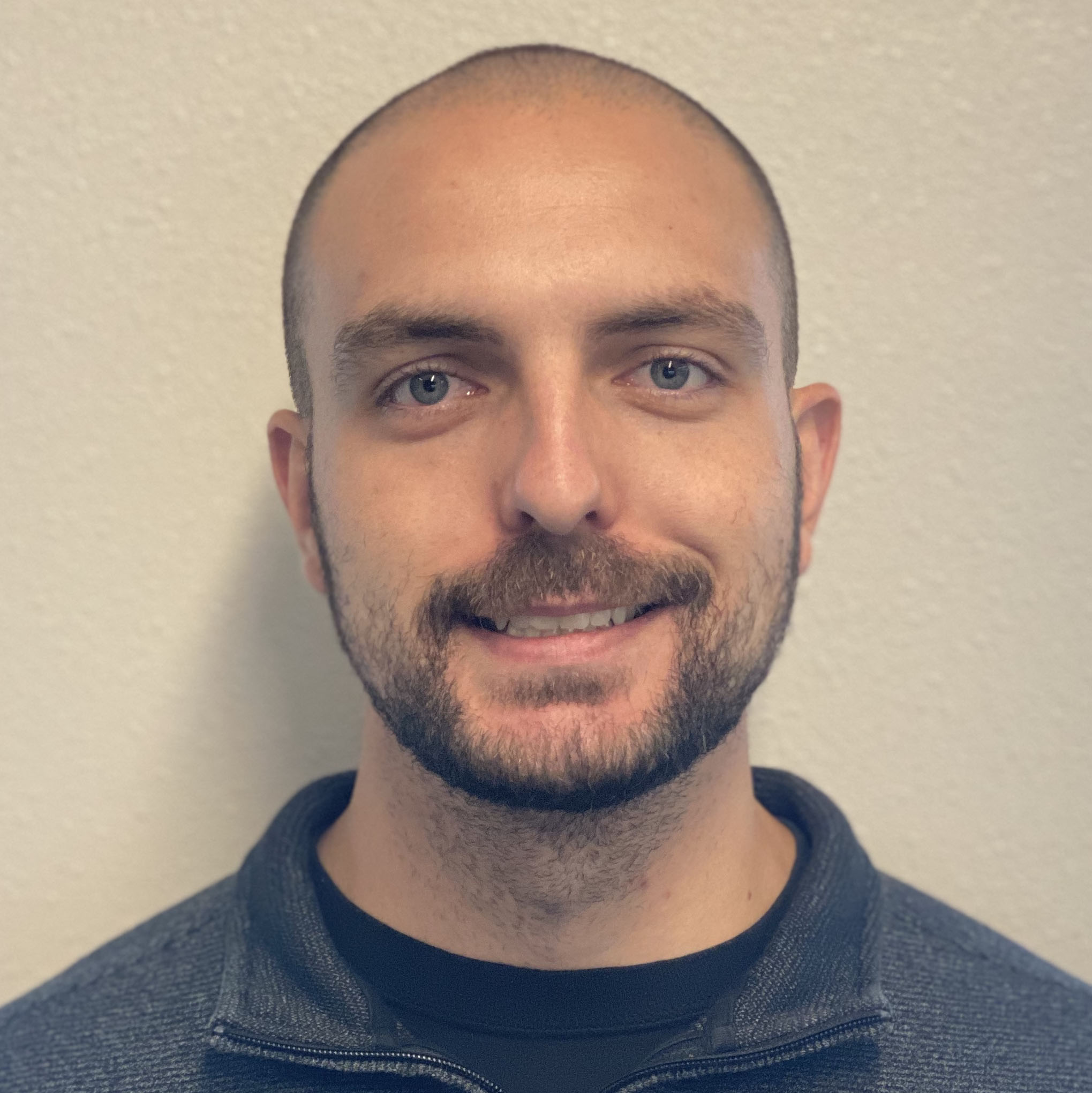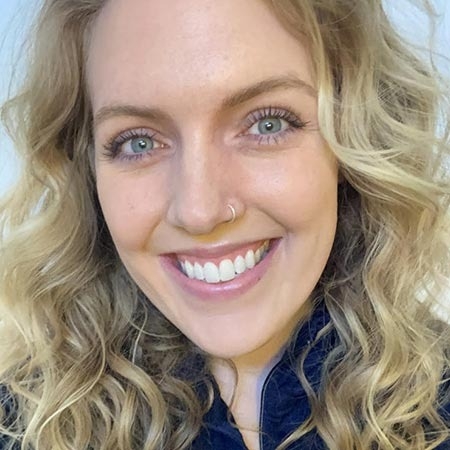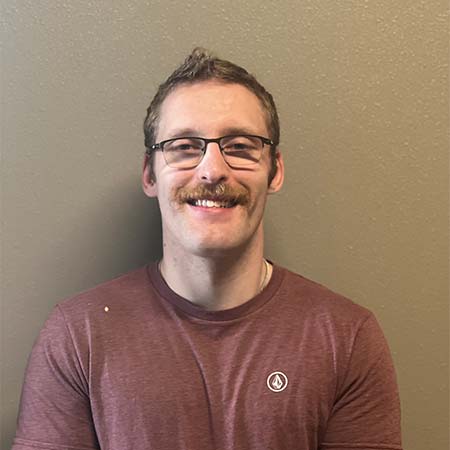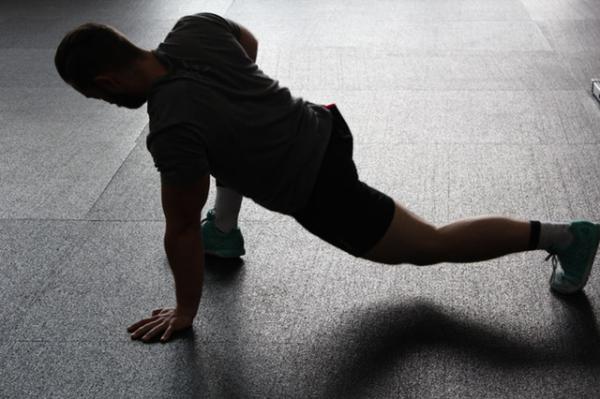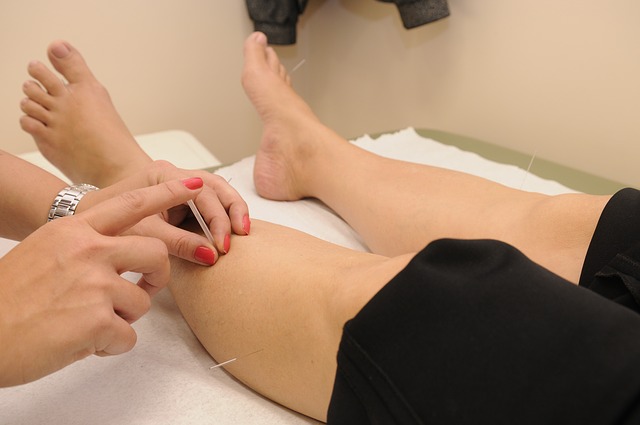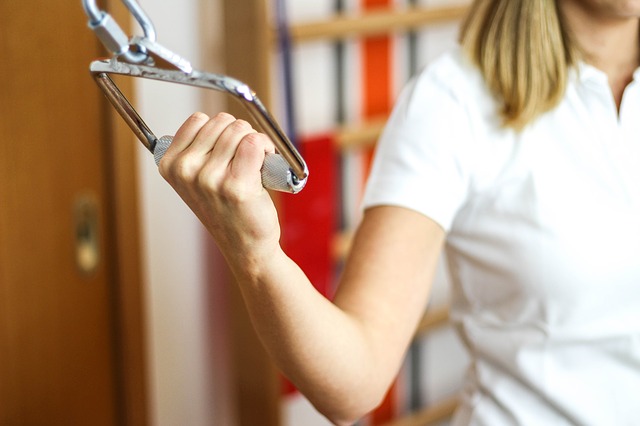North Platte Physical Therapy - Cheyenne (East)
North Platte Physical Therapy East is located at 3917 E Pershing Blvd and is open to serve patients Mon-Fri 6 a.m. - 6 p.m. Services provided include back and neck pain rehabilitation, outpatient wound care, post-op rehab, sports therapy, aquatic therapy, dry needling, kinesio taping, women's health, work hardening, vestibular and neurological rehabilitation. Walk-ins are always welcome.
Call 307-514-2411 to schedule today.
Location Details
307-514-2411 Send Email
Address: 3917 East Pershing Blvd. Cheyenne, Wyoming 82001
Hours: Mon - Fri: 6:00 a.m to 6:00 p.m.
Fax: 307-514-2392
Hours: Mon - Fri: 6:00 a.m to 6:00 p.m.
Fax: 307-514-2392
Interested in scheduling at our North location? View Cheyenne North Details
Advice on Warming Up Versus Stretching Before Your Workout
September 26, 2018
For most people, when they hear the terms “stretching†and “warming up†they consider them to be the same thing. But the fact is that they are two different things that serve two different purposes for your body. When it comes to your workout, both are important and should be a part of your routine. Let’s take a look at how a Cheyenne, WY physical therapist defines the two and explains when it is appropriate for both in your training program.
Read what the experts at Fitness Magazine have to say about getting your body warmed up prior to a workout in this article: The 5-Minute Warm-Up You Need Before Any Workout.
Most experts recommend that you warm up the muscles you plan to focus on during your workout. For instance, if you are at the gym to do back squats, air squats should be part of your pre-workout warmup routine.
Stretching—It’s best to stretch when your body is already warmed up, so it often makes the most sense to stretch after your workout rather than before. Stretching will help increase flexibility, which can decrease your chance of feeling pain—after a workout or on a daily basis. Stretching one part of the body often impacts another part. For example, if you stretch the hamstring area regularly, this can lessen the chance that you’ll have a sore back from sitting at a computer all day.Â
Whether you are a serious athlete or a weekend warrior, injury prevention means that you can enjoy your activities rather than sit on the bench. Be sure to warm up and stretch every time you work out.
Find out more about the importance of stretching and warming up, as well as Sportsmetrics, which is a scientifically proven program designed to help prevent serious knee injuries, by contacting our office.
If you have suffered an injury and want to add physical therapy to your routine, North Platte is your go-to local physical therapist in Cheyenne, WY to provide the services that will get you feeling better and stronger. Our expert staff is respected throughout the Wyoming and Nebraska areas for providing superior and customized physical therapy services. We can handle any of your physical therapy needs. Fill out our contact form to get started and to find a location near you.
Â
Read More...
The Difference Between Stretching and Warming Up
Warming up is the act of increasing your core temperature and getting blood to flow to your muscles. Stretching is designed to help increase your flexibility as well as your range of motion. Warming up should be done before your workout whereas stretching should be done afterward—or when you body is already warm.Read what the experts at Fitness Magazine have to say about getting your body warmed up prior to a workout in this article: The 5-Minute Warm-Up You Need Before Any Workout.
The Benefits of Stretching and Warming Up
Warming up—When you warm up before working out, you increase your heart rate, which means your muscles get more blood and oxygen. It also raises your body temperature so that your muscles and tendons will work better during strenuous exercise. If you have any tightness in your muscles before working out, a warmup will help decrease that. It will also improve your range of motion.Most experts recommend that you warm up the muscles you plan to focus on during your workout. For instance, if you are at the gym to do back squats, air squats should be part of your pre-workout warmup routine.
Stretching—It’s best to stretch when your body is already warmed up, so it often makes the most sense to stretch after your workout rather than before. Stretching will help increase flexibility, which can decrease your chance of feeling pain—after a workout or on a daily basis. Stretching one part of the body often impacts another part. For example, if you stretch the hamstring area regularly, this can lessen the chance that you’ll have a sore back from sitting at a computer all day.Â
Whether you are a serious athlete or a weekend warrior, injury prevention means that you can enjoy your activities rather than sit on the bench. Be sure to warm up and stretch every time you work out.
Find out more about the importance of stretching and warming up, as well as Sportsmetrics, which is a scientifically proven program designed to help prevent serious knee injuries, by contacting our office.
If you have suffered an injury and want to add physical therapy to your routine, North Platte is your go-to local physical therapist in Cheyenne, WY to provide the services that will get you feeling better and stronger. Our expert staff is respected throughout the Wyoming and Nebraska areas for providing superior and customized physical therapy services. We can handle any of your physical therapy needs. Fill out our contact form to get started and to find a location near you.
Â
Visiting You Physical Therapist for Your Child's Sports
August 29, 2018
Fall is just around the corner which means it is an important time of year: sports! As a new school year begins, you and your child will begin to prepare for any sports they would like to play during the school year. Along with sports comes physicals. In many cases required, a sports physical will ensure whether or not a specific sport is safe for your child to participate in. Learn more about the top benefits of sports physicals, difference between a physical and typical wellness exam and go-to reasons your child should see a physical therapist for all sports-related needs.
It is best to get a sports physical for your child every year, even if not required by the school. Why? First, it is helpful for parents to understand where their child is in their growth and development. They will look at their height and weight—and ensure they have a normal blood pressure. They will also then go through a normal assessment to ensure the lungs, neck, throat, heart and other areas are in healthy shape. This will confirm that the child can safely play sports. If there are any concerns, your doctor can create a personalized plan to help your child be healthy for the sport they would like to play. Depending on the diagnosis, your doctor can fill out any required forms to submit to your school’s athletic department.
While there are many elements within a wellness exam and sports physical that are similar, it is important that you continue to have your child receive each of these separately.
Â
Reasons your child should see a physical therapist
In addition to seeing your primary care physician for your child’s annual physical, seeing a local physical therapist is important too. A premier physical therapist will cover physical therapy basics to help your child understand the proper form for the sports they play, which can prevent injuries in the future. If your child does have any issues that are problematic for activity, they will create a plan.
When it comes to seeing a physical therapist to help your student this school year, North Platte Physical Therapy has a variety of quality pediatric therapy services. Not only will we ensure they are safe to play their sports but can also help with any developmental issues. The sooner you can begin working with a physical therapist, the better. Contact us today to schedule your child’s appointment.  Â
Read More...
Benefits of a sports physical
It is best to get a sports physical for your child every year, even if not required by the school. Why? First, it is helpful for parents to understand where their child is in their growth and development. They will look at their height and weight—and ensure they have a normal blood pressure. They will also then go through a normal assessment to ensure the lungs, neck, throat, heart and other areas are in healthy shape. This will confirm that the child can safely play sports. If there are any concerns, your doctor can create a personalized plan to help your child be healthy for the sport they would like to play. Depending on the diagnosis, your doctor can fill out any required forms to submit to your school’s athletic department.
Difference between physical and wellness exam
While there are many elements within a wellness exam and sports physical that are similar, it is important that you continue to have your child receive each of these separately.
Â
- Wellness Exam: The wellness exam is an extensive overview of all aspects to ensure your child is healthy. Not only will the cover heart, weight and blood pressure, but will also evaluate where they are in their developmental growth. In addition, they will administer any vaccines required, discuss sleep, eating habits and nutritional goals, and much more.
- Sports Physical: A sports physical will only focus on the areas that will impact their ability to play a sport. This includes an evaluation of their bones and strength, to ensure they can handle the sport they would like to play.
Reasons your child should see a physical therapist
In addition to seeing your primary care physician for your child’s annual physical, seeing a local physical therapist is important too. A premier physical therapist will cover physical therapy basics to help your child understand the proper form for the sports they play, which can prevent injuries in the future. If your child does have any issues that are problematic for activity, they will create a plan.
When it comes to seeing a physical therapist to help your student this school year, North Platte Physical Therapy has a variety of quality pediatric therapy services. Not only will we ensure they are safe to play their sports but can also help with any developmental issues. The sooner you can begin working with a physical therapist, the better. Contact us today to schedule your child’s appointment.  Â
Ergonomics in the Workplace and Using a Physical Therapy in Cheyenne, WY Assessment
October 12, 2017
When you think about workplace injuries, you might think of a trip or fall in a warehouse, or an accident with a piece of machinery. But for those who work in an office environment, there are plenty of opportunities for injury as well. This is why it is best to understand workplace ergonomic solutions. This will help prevent long term injuries. Learn what a premier ergonomic workplace looks like, top tips for an ideal workspace, and how physical therapy in Cheyenne, WY and all other locations can help.
For a quality physical therapist to help you learn more about workplace ergonomics, North Platte Physical Therapy has you covered. It is also important to learn about overall workplace safety and how Casper physical therapy can help with work related injuries, too. Once working with a physical therapist, you and your coworkers will work in a safe environment and know the best way your individual setup must be arranged. To get started, contact us today.
Read More...
What is an Ergonomic Workplace?
Those working in an environment that is designed to help maintain proper posture and other elements are working in an ergonomic workplace. Each person is different, as should be their workstation. A workspace that is ergonomically designed not only helps to avoid employee fatigue throughout the day, but also discomfort and eventually injuries. This can be improper seating that leads to poor posture, or a keyboard arrangement that causes a person to sit in the wrong position throughout the day. Long-term and poor use can lead to musculoskeletal disorders, known as MSDs, that impact a person’s movements. Multiple areas are affected from daily, repetitive motions, such as muscles, ligaments, nerves, and more. ÂTips for an Ergonomic Workspace
Are you wondering if your workspace is ergonomically designed to accommodate your individual needs? There are a few key elements. First, your seat and posture must encourage you to keep your head straight and forward. This includes having a monitor at eye level and an arm’s length away so you are not looking up too high or low. The keyboard placement should be directly in front of you so you are not over-extending your arms. For chair height, make sure you can easily have both feet on the floor. There are footstools available that help you to sit in the proper position. Learn more about an ergonomics approach to avoiding workplace injuries and illnesses from the American Industrial Hygiene Association.How Physical Therapy Can Help
Over time, when sustaining an injury due to a poorly designed workstation, you may notice elements you think are normal—but aren’t. Go-to signs include an inability to move certain areas the same, tingle or numbness, swelling or joint pain, and more. Utilizing the help of a local physical therapist can work with a staff to educate on workplace ergonomics and assist employees with each station. Since each person is different, a physical therapist can assess each person’s situation and help a company develop best practices to help employees use proper posture and techniques to avoid injuries.For a quality physical therapist to help you learn more about workplace ergonomics, North Platte Physical Therapy has you covered. It is also important to learn about overall workplace safety and how Casper physical therapy can help with work related injuries, too. Once working with a physical therapist, you and your coworkers will work in a safe environment and know the best way your individual setup must be arranged. To get started, contact us today.
Cheyenne Physical Therapist and All Other Locations Explains Differences Between Dry Needling and Acupuncture
September 20, 2017
When it comes to acupuncture and dry needling, many think the two are the same because they use needles. This is untrue. The two are different and have specific purposes. If you suffer from varying types of pain, it is important to know the difference between the two. No matter what, it is also best to get help to relieve pain and combat symptoms. You can rely on Casper physical therapy to help. Learn about the differences between acupuncture and dry needling, and why you should visit a physical therapist to help you manage pain.
For a physical therapist you can trust to help you with pain management and dry needling, count on the experts at North Platte Physical Therapy. We will help you on your way to recovery using this effective treatment for both acute and chronic pain. Contact us today to see how we can help you.
Read More...
Acupuncture
Acupuncture is a type of Chinese medicine. It is a type of therapy where thin needles are strategically placed in certain points of the body to help relieve certain types of pain. The believe of acupuncture is to help to balance the flow of energy in the body, which is known as chi. The needles are placed in specific areas along certain points with the goal to re-balance energy. In many cases, it is believed that acupuncture is a natural pain treatment that also helps to increase blood flow in certain areas. It is used in a variety of pain types from shoulder, neck and back pain, to headaches, fibromyalgia and more. As the needles are being inserted, it is usually not painful—just a small amount of pressure and possibly a tingling sensation.Dry Needling
While dry needling uses needles similar to acupuncture, it is a completely different practice. Also known as trigger point dry needling, this is a treatment that uses small needles that are inserted into a muscle’s trigger points. It is commonly used for chronic pain or injuries in the neck, shoulder, arms, legs, knees, feet and, much more. By going into these trigger points, it can help to increase one’s range of motion. It is placed into a muscle that may have knots and can reduce inflammation, knots and help to keep muscles from contracting. Similar to acupuncture, it is typically not a painful when the needle is inserted. Those who undergo this type of treatment may feel sore for a day or two as changes occur within the muscles. You can read more about the side effects and process of dry needling here.Visiting a Physical Therapist
For those looking to ease pain, seeing a physical therapist is important. By going into physical therapy, you can get to the root of an issue and through a series of strategic exercises, can help to manage and in some cases, eliminate pain. For many, this can also be done through dry needling. Once working with a physical therapist for dry needling, you can begin to increase your range of motion that is less painful. From chronic pain and plantar fasciitis, to headaches and tennis elbow, there are a variety of reasons to choose dry needling.For a physical therapist you can trust to help you with pain management and dry needling, count on the experts at North Platte Physical Therapy. We will help you on your way to recovery using this effective treatment for both acute and chronic pain. Contact us today to see how we can help you.
Causes of Tendonitis and Ways Your Physical Therapist in Cheyenne, WY and All Other Locations Can Help
July 26, 2017
Tendonitis is a painful injury that many Americans suffer from. Some cases are mild while others can be extreme, leading someone to have to take off from work while recovering. Being such a common injury, those who suffer from tendonitis will be happy to know that there are ways to cope and heal this injury. It is not something you have to live in pain with on a daily basis. It is best to stay informed and focus on recovery. Learn what tendonitis is, top symptoms and causes, go-to types of treatment, and how a premier physical therapist in Cheyenne, WY and all other locations can help.
If you are suffering from tendonitis, make sure you get plenty of rest, go easy on the affected areas, see your doctor and consider North Platte Physical Therapy to help you recover. When it comes to treating your tendonitis, learn more about treating pain with ice vs. heat and what’s the difference. To see how we can help you, contact us today.  We want to help you recover and get back to your everyday activities, pain-free!
Read More...
What is Tendonitis?
Tendons are the thick tissue that connects muscles and bones together. When certain activities that are done over and over, these repetitive motions create stress on the tendons. From there, the area become inflamed or even tear. Over time this inflammation becomes painful, which is known as tendonitis. Tendonitis can occur in several areas of the body. Some of the common areas include in the elbow, known as “tennis elbow,†the rotator cuff, heel, knee, shoulder, or wrist.Symptoms and Causes
For some, the pain of tendonitis is a simple ache. It may feel worse when using the area that is affected. In addition, the area may swell, feel hot, and can be very painful. Typically, it is overuse and repetitive motions that can cause tendonitis. In addition, overexerting yourself and lifting more than you can handle can also lead to inflammation or tears of the tendons. Tendonitis is especially common in athletes, such as golfers, swimmers, or tennis players. You can only imagine what a painful injury may do to an athlete’s abilities. The quality of their work is not as well. This is why it is important to recognize there is a problem and treat it as soon as possible.Treatment and Physical Therapy
Upon experiencing pain, it is important to see a local doctor as soon as possible. Why? When tendonitis becomes severe, the tendon can rupture. In these cases, the injury is extreme and will need surgery to be fixed. Depending on the severity, they may want to X-ray the area to get a better look at your injury. Your doctor can help prescribe medicine that will help with the pain, such as pain relievers or corticosteroids. In addition, physical therapy is extremely beneficial, too. Through a series of very carefully done exercises, your physical therapist can help you regain strength in the area which will help with recovery. In Medscape’s tendonitis treatment and management, they review additional ways to treat the pain.If you are suffering from tendonitis, make sure you get plenty of rest, go easy on the affected areas, see your doctor and consider North Platte Physical Therapy to help you recover. When it comes to treating your tendonitis, learn more about treating pain with ice vs. heat and what’s the difference. To see how we can help you, contact us today.  We want to help you recover and get back to your everyday activities, pain-free!
